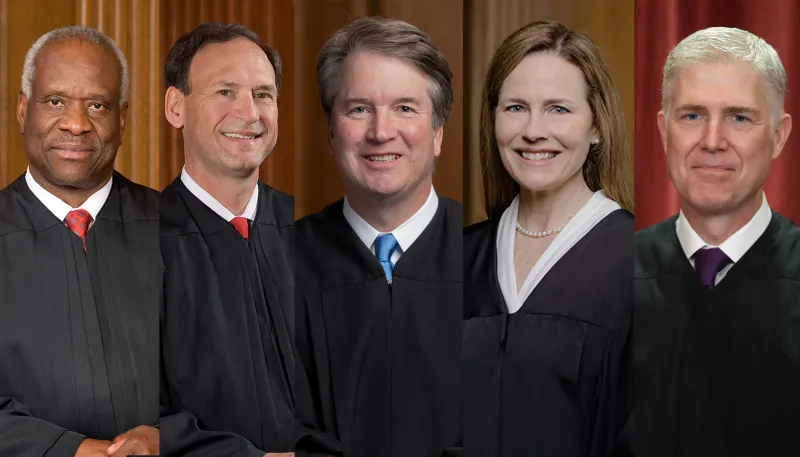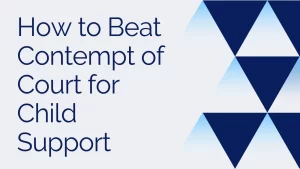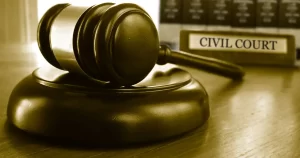how many supreme court justices are catholic
Current Supreme Court Composition
The current Supreme Court has a conservative majority, with 6 of the 9 justices appointed by Republican presidents. However, there is notable religious diversity on the Court.
Conservative Majority
The Supreme Court currently has a 6-3 conservative majority. Justices Thomas, Alito, Gorsuch, Kavanaugh, Barrett, and Chief Justice Roberts were appointed by Republican presidents and are viewed as conservative-leaning in their rulings. Meanwhile, Justices Sotomayor, Kagan, and Jackson were appointed by Democratic presidents and are considered more liberal.
Religious Affiliations
Despite the conservative tilt, there is religious diversity among the justices. Traditionally, most justices have been Protestant, but today’s court includes multiple Catholic and Jewish justices:
- 5 Catholic justices: Roberts, Thomas, Alito, Sotomayor, Kagan
- 3 Jewish justices: Breyer, Ginsburg, Kagan
- 1 Protestant justice: Gorsuch
So while Catholics hold a majority, the Court is more religiously diverse than in the past. Justice Kagan is Jewish but was raised in an interfaith home with a Catholic mother.
History of supreme court Catholic Justices
Catholics have not always been so well-represented on the Supreme Court. Up until the 20th century, nearly all justices were Protestant.
First Catholic Justices
The first Catholic justice, Roger Taney, was appointed in 1836. After Taney, however, it was nearly 30 years before another Catholic, Edward White, was appointed in 1894. For many years, there were 1 or 0 Catholic justices at a time.
Catholic Representation Over Time
Catholic representation on the Court gradually increased over the 20th century:
- 1916 – 2 Catholic justices
- 1937 – 2 Catholic justices
- 1949 – 2 Catholic justices
- 1956 – 2 Catholic justices
- 1986 – 5 Catholic justices (majority)
- 2022 – 5 Catholic justices
So Catholics have held a majority on the Court for less than 50 years in total. The current Catholic majority is the result of recent Republican appointments.
Implications of a supreme court Catholic Justices
Some speculate a Catholic majority could impact Court rulings and public perception.
Potential Impact on Rulings
There are concerns that Catholic doctrine could sway justices’ opinions on issues like abortion, LGBTQ rights, and death penalty cases. However, most experts agree a justice’s judicial philosophy is more predictive of rulings than religious affiliation alone.
Recusal Concerns
Some argue Catholic justices should recuse themselves from cases involving Catholic organizations. But historically Catholic justices have not routinely recused from such cases. Recusal decisions are left to each justice.
Public Perception
A Catholic majority could negatively impact public trust in the Court’s objectivity. Polls show increasing numbers of Americans questioning whether justices decide cases impartially. Some may perceive Catholic overrepresentation as bias.
Conclusion
The current Supreme Court’s Catholic majority is historically significant. While religious affiliation alone is unlikely to determine justices’ rulings, perceived imbalance could diminish public confidence. But recusal norms and justices’ integrity prevent any single religion from controlling the Court. The body’s legitimacy rests on deciding cases based on the law, not faith.
FAQs
How many Catholic justices are currently on the Supreme Court?
There are currently 5 Catholic justices on the Supreme Court – Roberts, Thomas, Alito, Sotomayor, and Kagan. This gives Catholics a majority.
When was the first Catholic justice appointed?
Roger Taney, appointed in 1836, was the first Catholic to serve on the Supreme Court. After Taney, the next Catholic justice was not appointed until 1894.
Have Catholics always held a majority?
No, for most of its history the Supreme Court has been predominantly Protestant. Catholics have held a majority only since 1986.
Could Catholic doctrine influence justices’ rulings?
In theory, yes. But most experts believe a justice’s judicial philosophy is more predictive of rulings than religious affiliation alone.
Do Catholic justices have to recuse from cases involving the Church?
There is no formal rule requiring recusal in these cases. The decision to recuse is left to each individual justice’s discretion.








